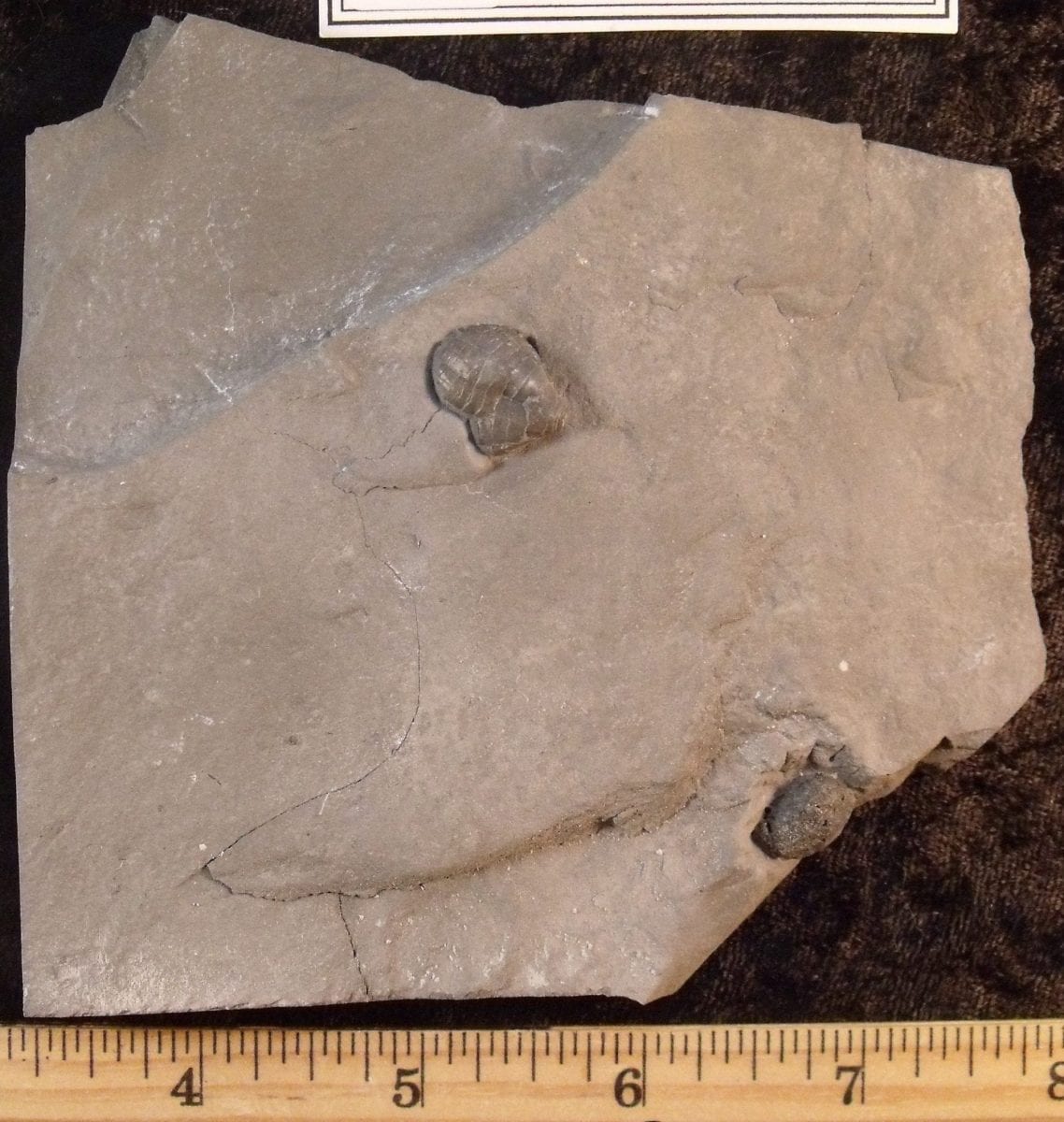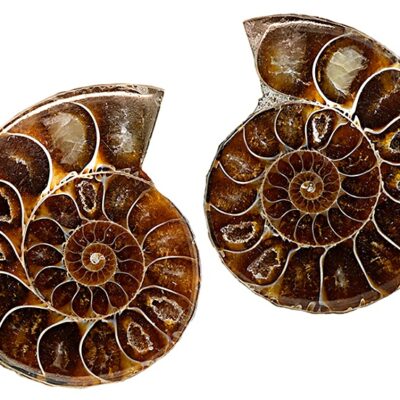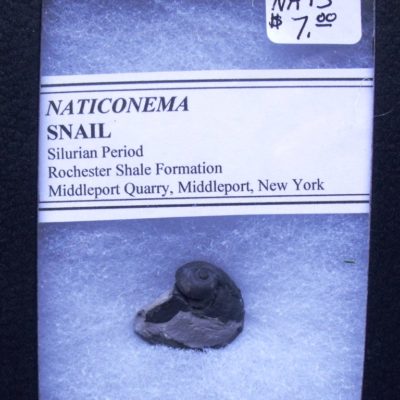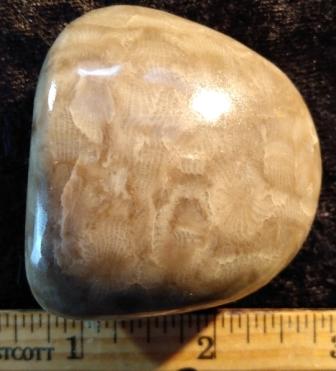Description
Here is your chance to own a classic fossil from a classic site. 2 Species a Crinoid Calyx and Cystoid.
Harder to obtain fossils from this private quarry in Middleport, New York
These are fossils that were collected decades ago and just recently prepared by our prep lab..
Here is a Super detailed fossil from a classic site in NY.
Fossils especially these Crinoid Calyx and Cystoid from this site are preserved in Spectacular detail. Because of the wide variety and number of these Crinoids and Cystoids it is also assumed they lived in dense communities,
This Crinoid is actually an animal related to modern day starfish so they are echinoderms. They have modern relatives also crinoids that live in the deep oceans today. So then they lived in shallow salt water seas and lagoons. They lived during the Paleozoic and were most prevalent during the Mississippian Period.
These fossils thrived in the warm shallow inland sea that covered the area during the Silurian Period some 420 million years ago. The crinoids living near what is now Middleport New York were established near an ocean delta system that periodically buried the colonies in silt. This silt eventually hardened into stone that preserved the crinoids in glorious detail.
A very wonderful and small LECANOCRINUS macropetalis crinoid calyx and a small CARYOCRINUS ornatus Cystoid theca from the Rochester Shale of Middleport New York.
Crinoids are actually animals and not plants as the common name “Sea Lilies” would suggest. They are Echinoderms, related to modern day starfish. They were filter feeders capturing their food with the long slender arms or brachioles. Cystoids are also echinoderms similar to the crinoids.
This is nice calyx exhibiting a very inflated calyx with the short stubby arms displayed. The Cystiod is on the side of the block. These creatures inhabited the ancient Silurian Seas along-side many other species.This crinoid calyx is a must have for any collector of crinoids and especially of Rochester Shale fauna.
This crinoid calyx measures .59 inches by .5 inches, cystoid measures .48 inches by .43 inches and is on an irregular gray shale matrix measuring 4.5 inches by 4.25 inches
This is the specimen you will receive.




